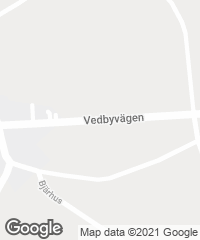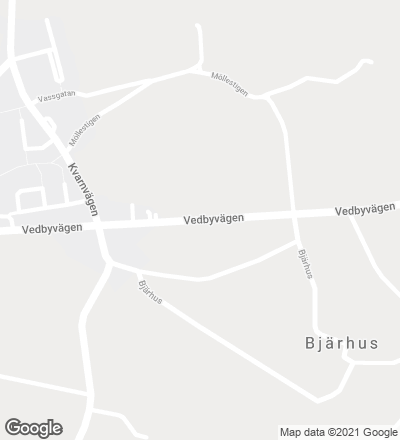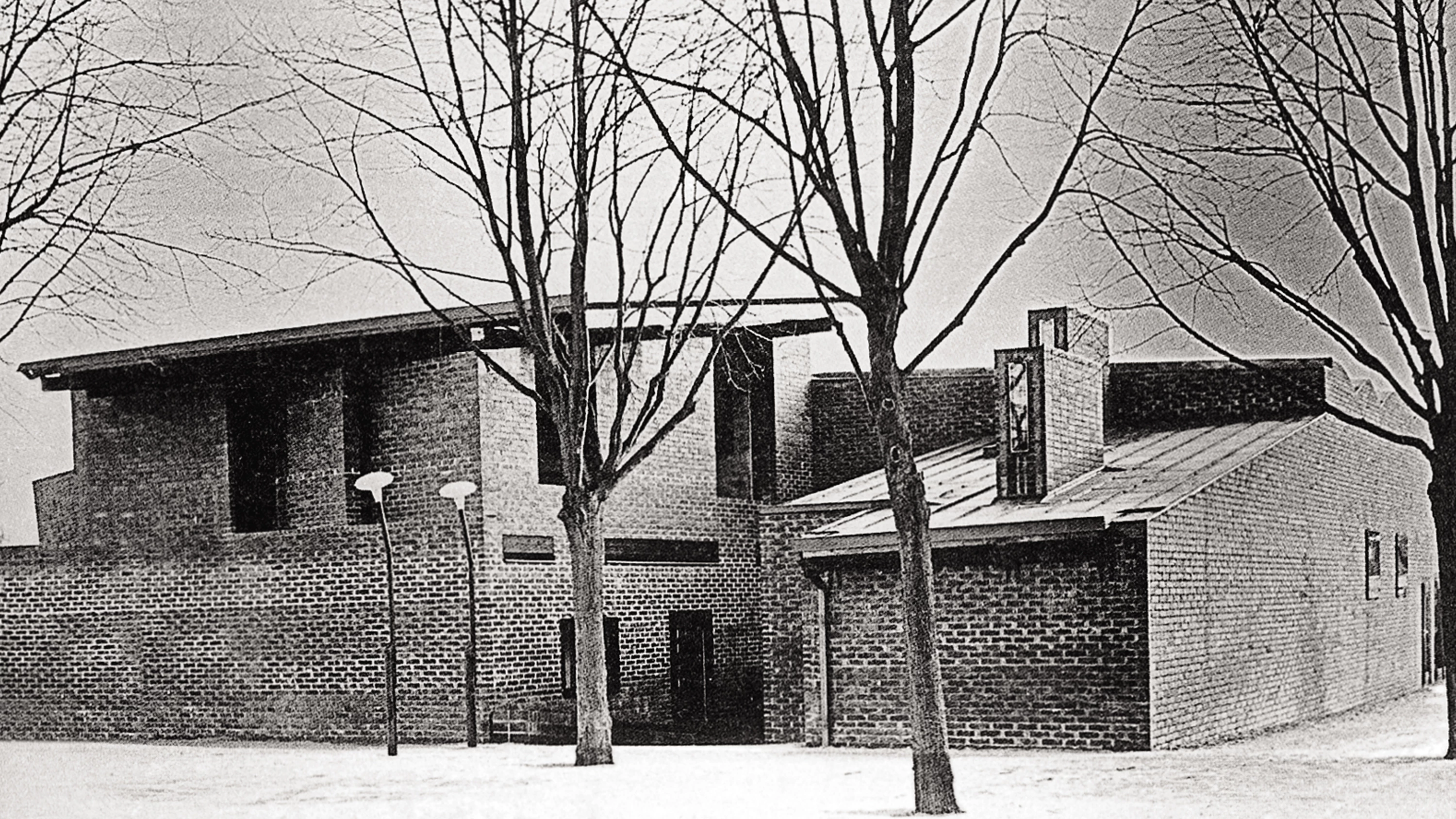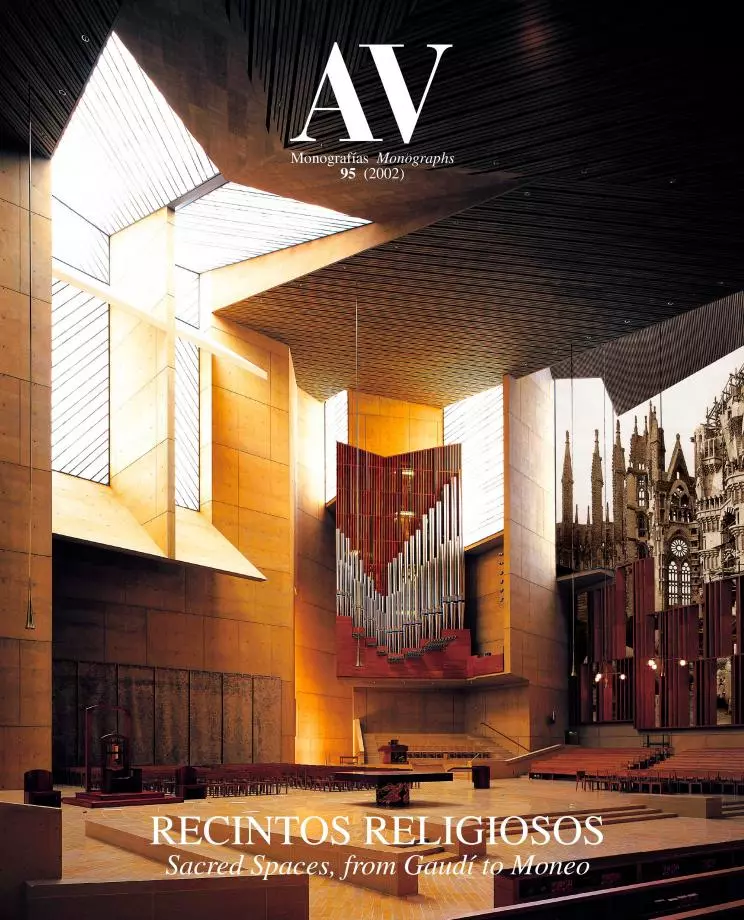St. Peter’s Church, Klippan
Sigurd Lewerentz- Type Religious / Memorial Place of worship
- Material Brick Steel Ceramics
- Date 1963 - 1966
- City Klippan
- Country Sweden
- Photograph Fabio Galli Karl-Erik Olsson Svogeröd


The long path revolving around the religious projects allows Sigurd Lewerentz to think and participate in every single part of the program. Also the prestige and respect earned by his own name as a devoted, meticulous and austere architect serves to round off, in the end, a career that gathers sometimes very personal interpretations about the ritual space. In the church of the small town of Klippan he tries to avoid conventional approaches to the elements of worship, though these are laid out with a great respect for Christian and Protestant tradition. Klippan’s relentless and contained modernity relies not so much on the abstraction of schemes as it does on the elaborate articulation of each part and each element in such a way that it is what it should be and forms part as well of a poetic discourse; and so that the symbols of the ritual and those of an architecture in love with its own matter are superimposed to one another.
The church, the offices and halls constitute a homogeneous complex of shapes open to small courtyards and gardens, segregated within a park. They are reluctant to open to large spaces, as if they were trying to protect the privacy of a village with its prairies and pond. The articulation of the volumes seems as studied as its direct and basic modeling. There is an expressive identification of the author with the brick factory, to which the wood and copper on the roofs provide a melancholic accent and the glass hanging from the windows a dark reflection. The brick gives shape – almost obsessively – to the interior up to the minister’s seat, the altar or the baptismal font. And steel – which appears unexpectedly in one single and large central pier – supplies a dramatic, harsh and straight contrast within this sculpted interior.
St. Peter’s could be considered a crypt rather than a church. The dark light atmosphere and the areas covered in brick, the breathing of the hollow walls and the cutting of crystals on walls and ceilings give the sensation of inhabiting an underground world, and undoubtedly make reference to this inner nature of religion and to that search in the rational darkness guided by the dim light of the intuition of the other. The old romantic and Nordic world of Lewerentz’s youth returns, fully blended with the archaic forms which were brought back by the postwar. Spirituality of catacombs, old symbols once again accepted and the humbleness of the old matter of things at the service of a modernity which embraces tradition and the universal dogma in a project which, paradoxically, interprets its own work as something special and unique...[+]







